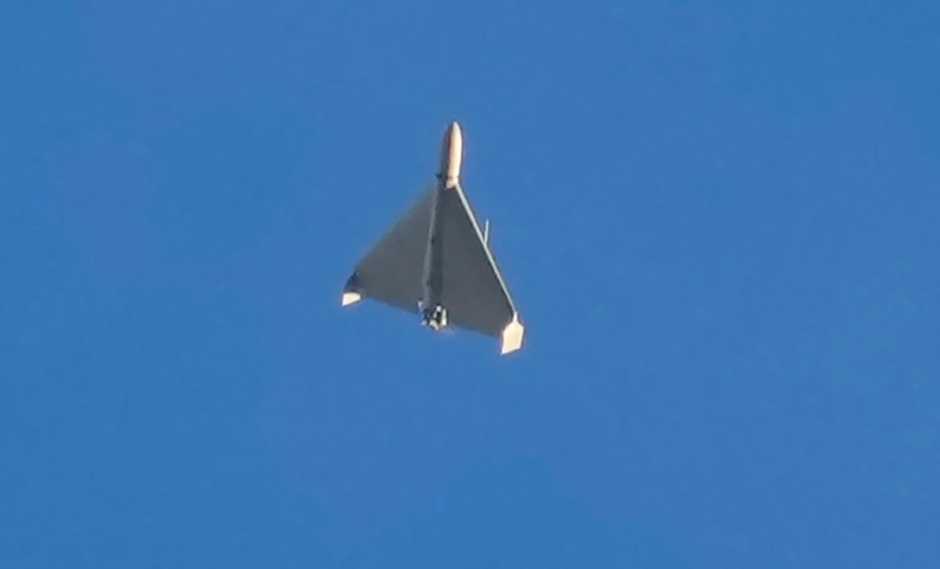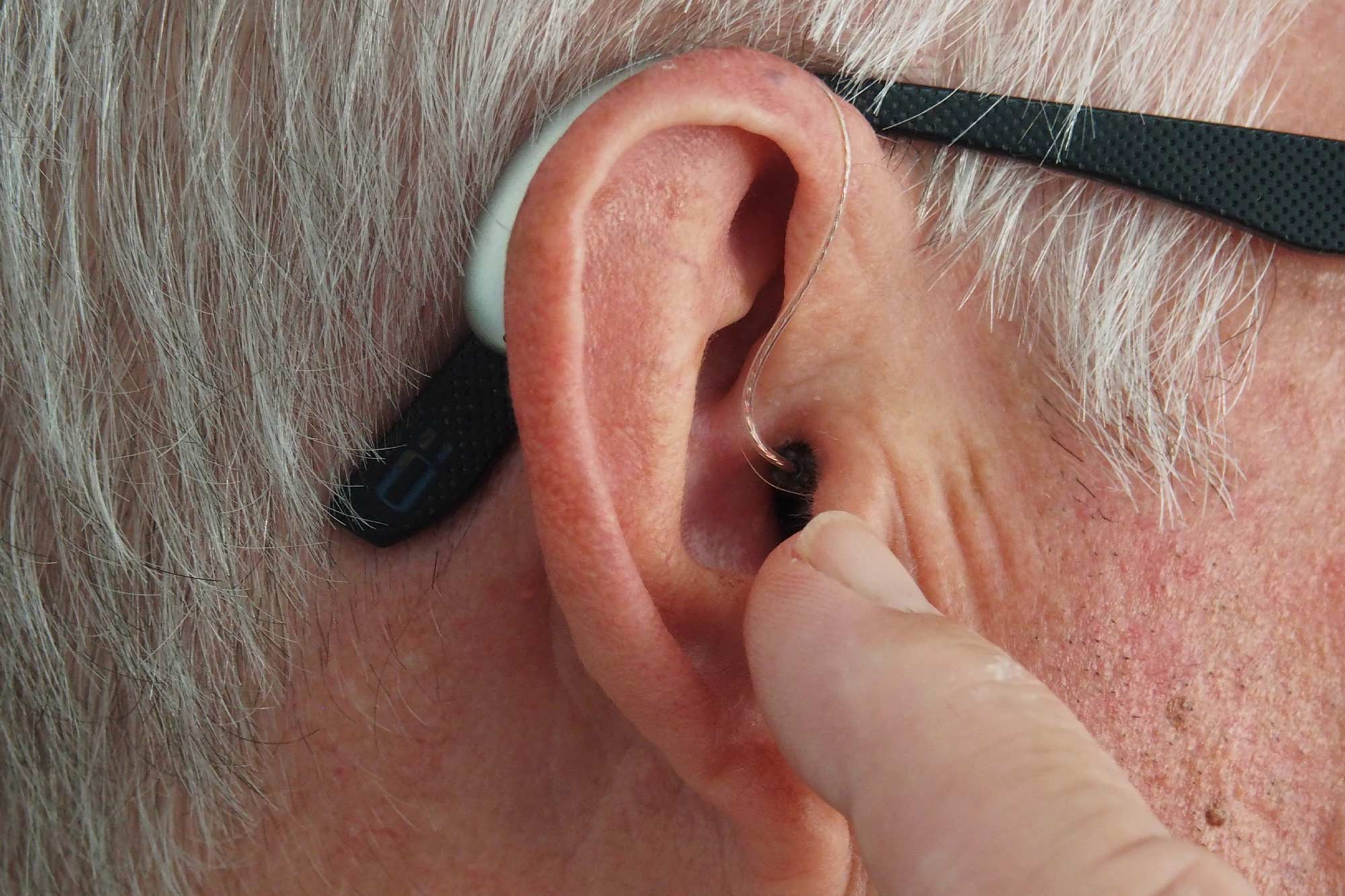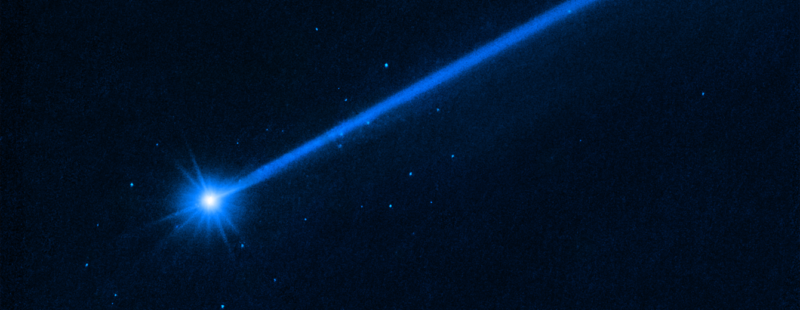NASA’s Double Asteroid Redirection Test (DART) mission was a planetary defense success, successfully altering the asteroid’s orbit. But the mission also had a science component, and we’re still sorting through the debris to determine what the impact tells us about the asteroid. This is difficult because of the asteroid’s distance and the low light reflected from the debris.
A team that analyzed impact images captured by the Hubble Space Telescope released a study today. Dozens of rocks were discovered, which together would have originally made up 0.1% of the mass of Dimorphos, a DART target. And while they are all moving very slowly from the collision site, some of them should be able to escape the gravity of the double asteroid system.
rock modes
Images taken by DART just before its destruction show Dimorphos to be a heap of debris, boulders, small boulders and dust, barely held together by their mutual gravitational pull. So what happens when a relatively solid object like the DART spacecraft collides with an asteroid at high speed?
For a while, the answer was “too much dust.” Early images show a lot of material flowing from the asteroids, scattering from it into space and forming a long “tail” driven by the sun’s radiation pressure. But over time, enough debris was removed that Hubble was able to get a clear image of whatever larger object was obscured by the dust — or rather, several clear images.
The challenge with this is that these large objects will still be very small and reflect very little sunlight. As a result, they usually appear as tiny points of light and are indistinguishable from cosmic rays hitting the detector or background stars passing through Hubble’s field of view during imaging.
Therefore, the Hubble images had to be long-exposed to capture enough light, and the researchers combined several exposures that Hubble had taken at different points in its orbit around the Earth (which required them to reorient the image to show the same area from the same angle). Light that appeared in only one or a few images was discarded, eliminating some of the noise.
After combining the exposures, the researchers were able to identify nearly 40 organisms that moved with, but diverged from, the Didymus/Dimorphus system. Only the brightest images are shown in each image.
Small and slow moving
Based on the amount of light they reflect, the researchers estimate that the rocks they see are within 4-7 metres. This is based on the average reflectance of the parent asteroids; Obviously, any rock that is darker or lighter would conflict with these estimates. Researchers also use a homogeneous density estimate based on intact asteroids to determine the likely mass of rocks. In total, it is estimated that it carried about 0.1 percent of the mass of Dimorphos before impact.
Its speed can be estimated based on its distance from the point of impact. Everything is very slow. Even the fastest boulders move at less than one meter per second, which equates to approximately four hours to one kilometer from the point of impact. And the slower speed is only a fraction of that speed.
But because of the very weak gravity of the binary asteroid system from which it originated, high-velocity objects would be able to escape the force of gravity. In fact, the number of rocks can be divided roughly in half, with the faster half reaching escape velocity.
The combination of mass and velocity allowed the authors to estimate the total kinetic energy these rocks carried away from the impact. Compared to the energy provided by DART, this is very small, about 0.003 percent of the energy provided by DART.
Since Dimorphos is such a pile of debris, there is no reason to believe that it is a product of DART, which shatters a larger rock on impact. Instead, Dimorphos are built from rocks that were once shattered by collisions in the distant past. DART freed only a few of them from the gravitational pull of the debris pile. Based on pre-impact images of Dimorphos, the researchers estimate that together the rocks would occupy about 2% of the asteroid’s surface. This is equivalent to DART blowing out a crater about 50 meters in diameter.
The crater is likely to be smaller if DART delivers enough seismic energy to loosen material from elsewhere on the asteroid. But since piles of debris are expected to be very porous, seismic energy is unlikely to penetrate very far.
In any case, we’ll have a clearer picture of things once the European Space Agency’s HERA probe reaches the asteroid for a follow-up probe. You just have to be patient, because this is not expected to happen for another three years.
Astrophysical Journal Letters, 2023. DOI: 10.3847/2041-8213/ace1ec (about DOIs).












































